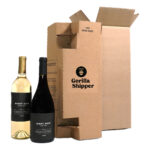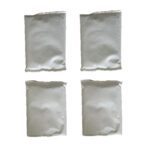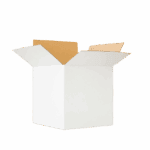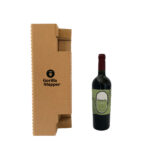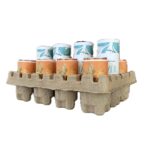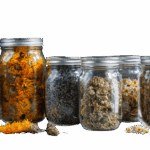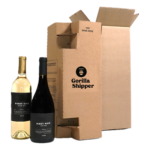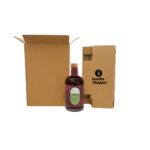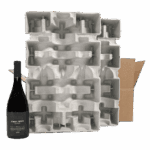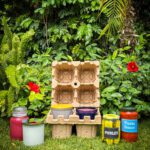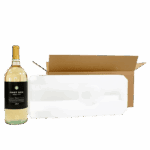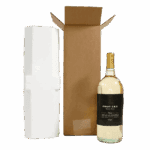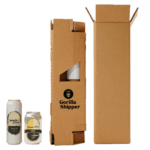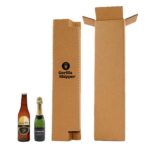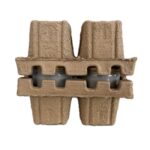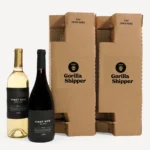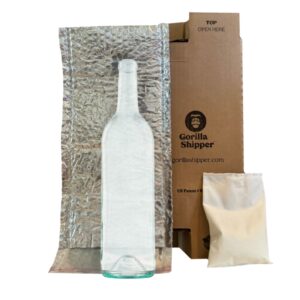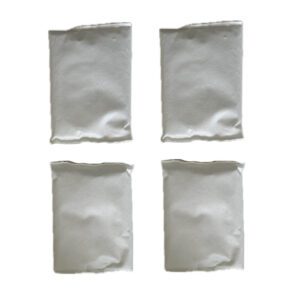7 Packaging Tips for Shipping Fragile Items
Properly packaging fragile items ensures products arrive intact. Using subpar materials or inadequate preparation results in damaged goods and disappointed customers. Ignoring this process will ultimately harm your business.
Imagine opening a box with shattered contents inside. After contacting customer service, would you place another order?
Safe delivery impacts repeat business. It’s the only way to keep clients loyal and satisfied. To assist you, here are seven tips for keeping products safe in transit.
1. Choose the Right Box Size
The first step in packaging fragile items is selecting the right container. Measure your item to find a box that provides enough space for padding. Avoid oversized boxes, as they can cause unwanted movement.
Consider sturdy solutions tailored for various weights and sizes. Double-walled boxes offer added protection. It’s best to choose new, unused boxes to ensure their structural integrity is intact.
For example, wineries benefit from new corrugated boxes. Glass products and heavy items can compromise the durability of used cartons, putting the safety of the bottles at risk. Taking the time to select the right packaging prevents product damage and ensures customer satisfaction.
2. Use High-Quality Materials
High-quality packaging is crucial in ensuring your products are delivered in pristine condition. It’s tempting to cut corners to reduce expenses, but cheaper packaging can prove costly over time, as product replacements and unhappy customers eat into your bottom line.
When packaging fragile products, here are other essential items you’ll need:
Packaging Inserts
For maximum safety, you’ll need inner packaging in addition to an outer carton. Look for corrugated cardboard, pulp, or foam inserts to provide additional protection.
Void Fill
Bubble wrap, air pillows, and packing peanuts not only absorb impact but also help fill empty spaces inside a box. By limiting movement, you reduce the risk of product-to-product collision.
Insulating Materials
When shipping temperature-sensitive items, add insulating materials to the packaging. Insulated liners, ice packs, and foam inserts maintain consistent temperatures in transit.
Industrial-Strength Tape
While industrial-strength tape has a higher upfront cost, it can save you money down the line by reducing the risk of product loss or damage due to poorly sealed packages.
3. Wrap Items One by One

Individually wrapping fragile items minimizes the impact of contact and reduces the risk of product damage. To ensure complete coverage, you’ll want to wrap each item with a protective material like bubble wrap.
Secure the wrapping in place with tape to keep everything in place. When packaging fragile items, you’ll want to place each product in separate compartments to keep them isolated in the box.
Make sure all parts are fully covered, especially the corners and edges, for full protection. To skip this tedious process, you could opt for custom shipper kits. These have tailor-made compartments that perfectly fit your products, ensuring they stay in place while on the move.
4. Fill Empty Spaces
Empty spaces in your packaging can lead to movement and potential damage. When packaging fragile products, fill every gap for a snug fit. The extra time spent will enhance protection and prevent breakage.
Packing peanuts are excellent void fill and stabilize interior contents. And if necessary, crumpled packing paper will do. It adds an extra layer of cushioning. If you prefer eco-friendly alternatives, use inflatable air pillows. They are lightweight space fillers that ensure wrapped items stay put during transit.
A gentle shake test can reveal any remaining gaps that need addressing. To ship delicate glass bottles, repeat this process and add more padding. With the proper amount of padding, packaging fragile items gets easier and more secure.
5. Double-Box for Extra Protection
Add another box to your arsenal when packaging fragile shipments. Start by placing the wrapped item in a smaller inner box. Use bubble wrap, packing peanuts, or air pillows as mentioned above. Doing so will prevent inadvertent shifts.
Next, place the inner box inside a larger outer box. Use additional padding between the two to absorb shocks during transit. Seal the inner box before fitting it into the outer box. This ensures both boxes are robust enough to withstand severe mishandling.
Packaging fragile items in this manner provides added assurance. If you deal with fragile items, double boxing can provide extra peace of mind.
6. Seal the Box
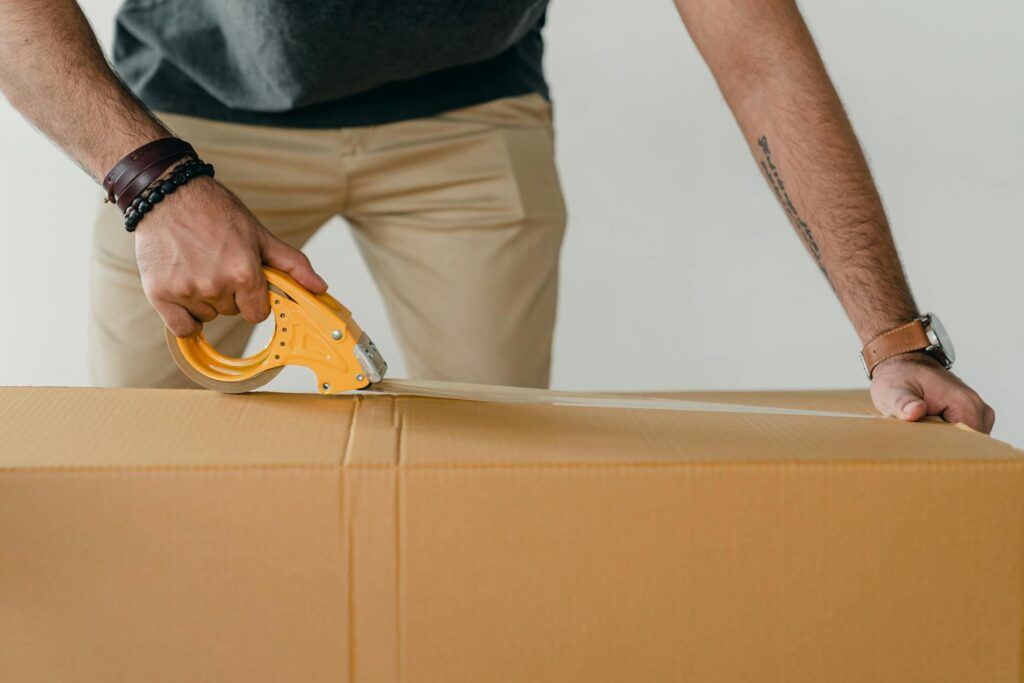
Securing the outer carton is crucial for packaging fragile products. Be meticulous and use strong packing tape. Apply multiple strips, if necessary, for added security. To prevent accidental openings, reinforce the bottom with extra tape.
You must pay special attention to potential weak points. Avoid using string or twine. These can get caught and damage the package. Before shipping, you’ll want make sure your packaged items are well-protected.
A simple shake test can help you determine if the products inside your package are secure. Hold the box firmly and give it a gentle shake. If you hear or feel items moving inside the box, open the package and address the gaps to ensure the items are snug within the carton.
7. Add Shipping Labels
Clear labeling is fundamental when packaging fragile items. Marking the package with “Fragile” on all sides alerts handlers to take special care. Include handling instructions like “This Side Up”. This ensures the package remains right side up during transit.
Use bold, legible fonts for labels and instructions. This makes it easier to see and reduces the chances of mishandling. Be sure to secure the shipping label. Also, include contact information for any delivery issues.
Bright, attention-grabbing labels catch the eye of transit employees. Do everything in your power to emphasize the value of your package.
Rely on these labeling practices. When learning how to package fragile items, consider them mandatory.
Final Thoughts
Packaging fragile items goes beyond mere precaution. Your efforts are an investment in customer satisfaction and trust. Use appropriate padding, double-boxing, and clear labeling to make sure your products are delivered the way you intended.
If you need reliable packaging solutions for fragile items, check out our offerings. We provide corrugated shipping boxes for bottles, jars, cans, candles, and more. All our packaging products are ISTA 6-FEDEX-A TEST certified. Browse our selection and enjoy significant discounts when you buy in bulk!

